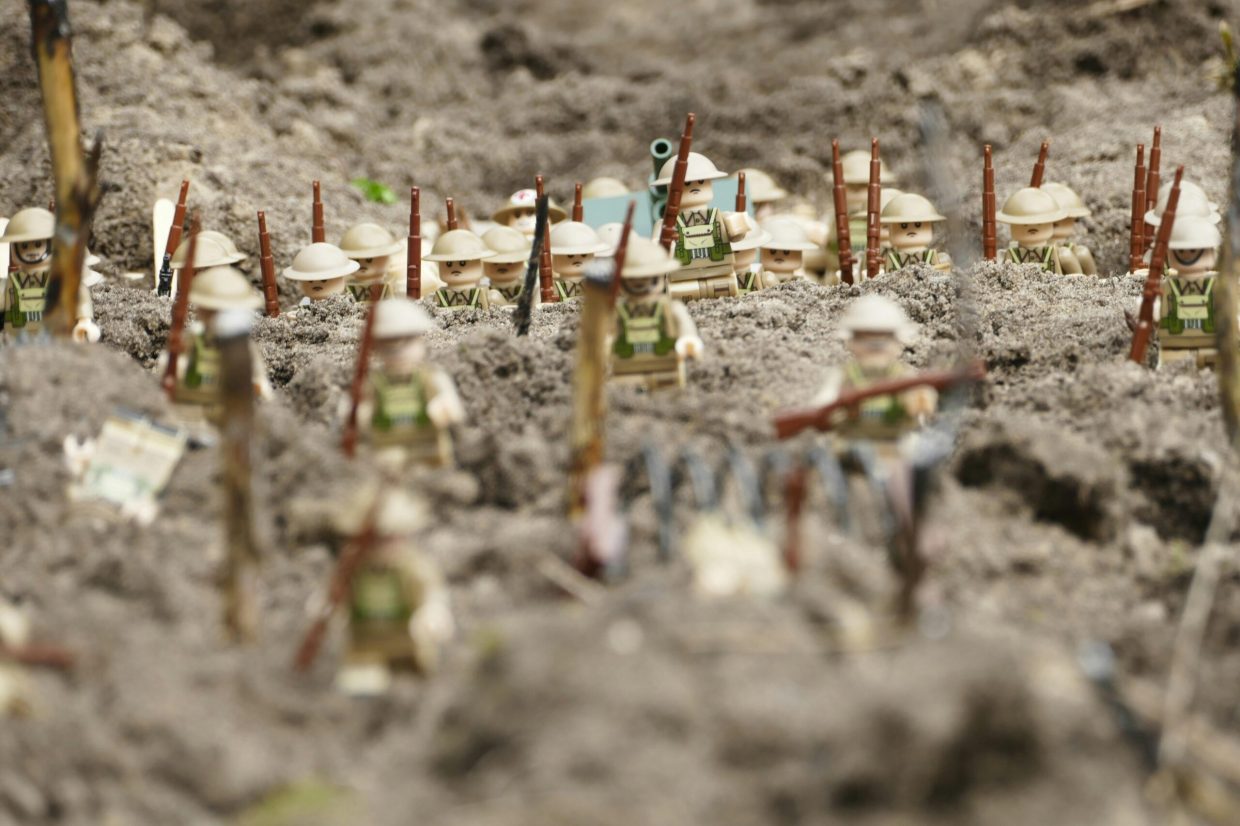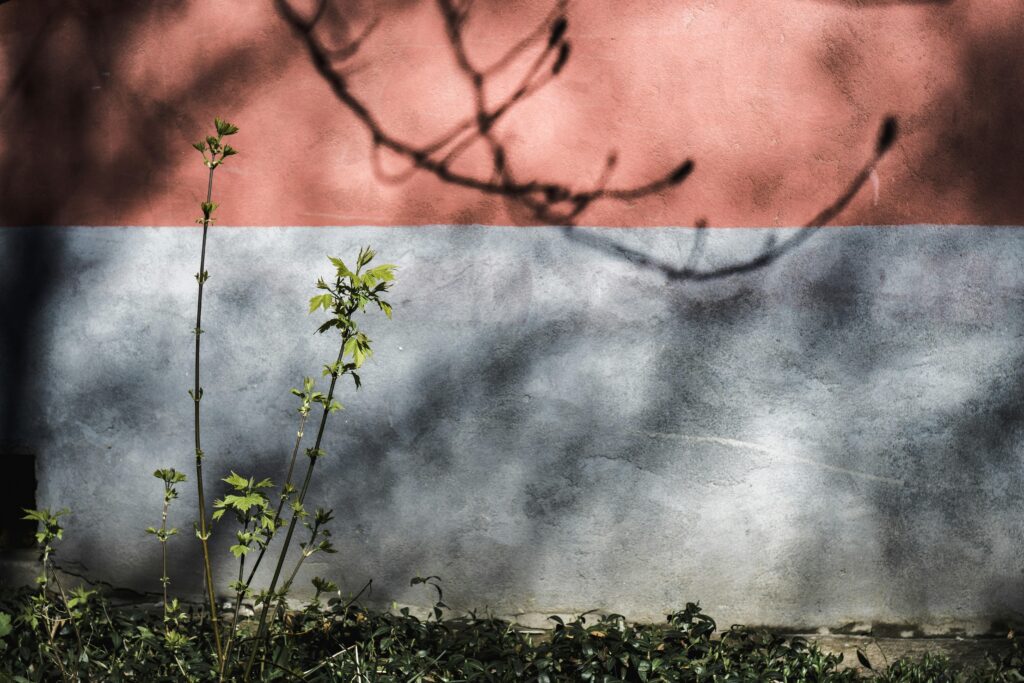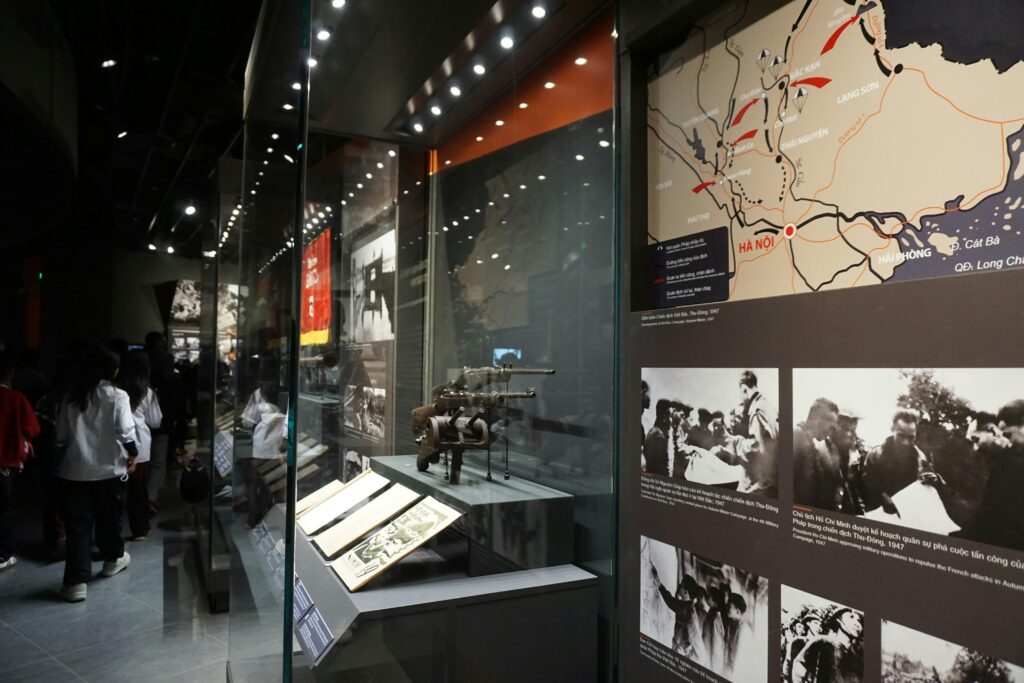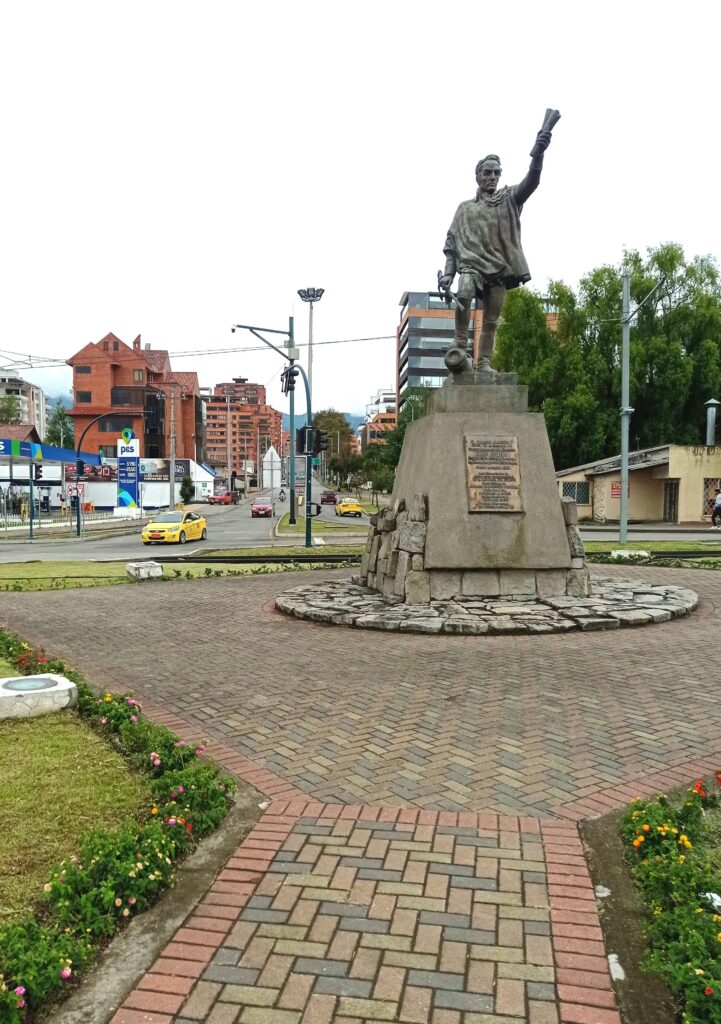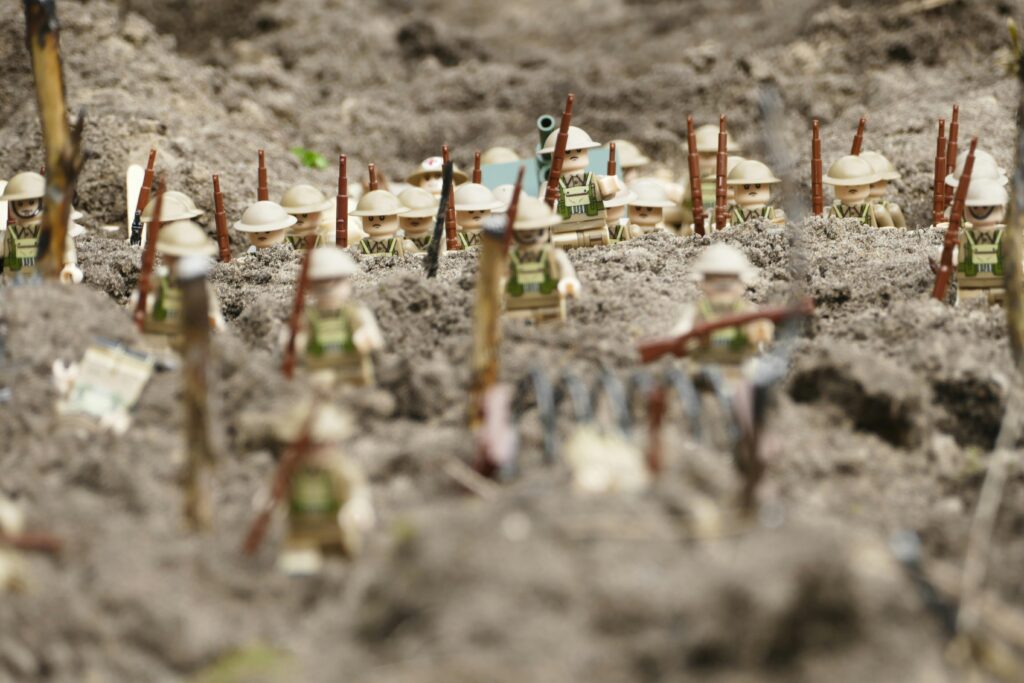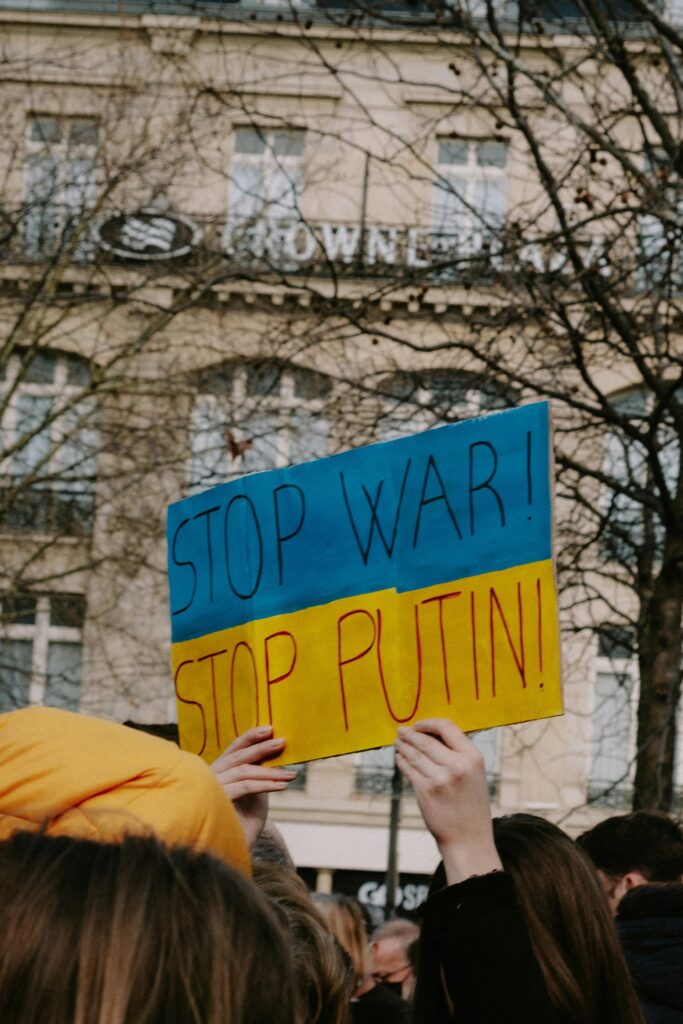The Battle of the Somme stands as one of the most harrowing and pivotal engagements of World War I, emblematic of the brutal realities of trench warfare. Fought between July and November 1916, this massive conflict between Allied and German forces resulted in staggering casualties and left an indelible mark on military history. In this article, we’ll delve into the deadly toll the battle exacted, exploring how the entrenched lines, new weaponry, and tactical stalemates combined to create a devastating human cost. Join us as we unpack the grim realities behind the Somme’s infamous legacy and what it reveals about the broader horrors of trench warfare.
Table of Contents
- The Strategic Importance of the Battle of the Somme in World War One
- Understanding the Horrors of Trench Warfare on Soldier Morale and Health
- Tactical Lessons Learned from the Deadly Stalemate of the Somme
- Modern Recommendations for Preserving Battlefield History and Honoring Veterans
- In Conclusion
The Strategic Importance of the Battle of the Somme in World War One
The Somme offensive was more than a mere clash of armies; it represented a pivotal shift in the conduct and psychology of World War One. It was the first large-scale use of coordinated artillery and infantry tactics, setting a precedent for combined arms warfare that would evolve throughout the conflict. Strategically, the battle aimed to relieve pressure on the French forces at Verdun and break the stalemate that had defined the Western Front for years. Its sheer scale forced both sides to reconsider entrenched doctrines—exposing the vulnerabilities of prolonged trench warfare and the urgent need for innovation.
The legacy of the Somme lies in its lessons rather than immediate outcomes. Commanders learned the brutal costs of frontal assaults against well-fortified positions and the necessity of improved communication and reconnaissance. Key strategic points such as railway hubs and artillery positions were targeted to disrupt German logistics, highlighting the interplay between tactical assaults and broader war aims. The battle underscored the human cost of industrialized war and spurred developments in tank warfare and air support, which would shape last campaigns on the Western Front. Ultimately, its strategic importance is woven into the gradual attrition of German forces, contributing to the Allies’ final push toward victory.
- Demonstrated the need for integrated, combined arms tactics that included infantry, artillery, tanks, and airpower.
- Exposed flaws in existing trench warfare strategies, prompting tactical and technological innovations.
- Played a crucial role in relieving Allied forces at Verdun by diverting German resources and attention.
- Highlighted the critical role of logistics and supply lines, focusing attacks on strategic transportation hubs.
Understanding the Horrors of Trench Warfare on Soldier Morale and Health
The brutal reality of trench warfare during the Battle of the Somme left an indelible mark on the soldiers who endured it. Constant exposure to dark, cramped, and muddy trenches created a physically oppressive environment, breeding not only disease but also deep psychological wounds. Soldiers faced relentless bombardments, the omnipresent threat of sniper fire, and the terror of gas attacks — conditions that eroded morale day by day. The sense of isolation combined with the hopelessness of repeated failed advances significantly chipped away at the mental resilience of entire units, often leading to what was then termed “shell shock,” now recognized as post-traumatic stress disorder (PTSD).
Beyond the immediate physical hazards, trench life introduced a host of additional afflictions that compounded the suffering. Soldiers struggled with:
- Trench foot: caused by prolonged wet and unsanitary conditions, leading to painful swelling and infections.
- Lice infestations: fuel for persistent itching and disease, such as trench fever.
- Malnutrition and exhaustion: limited and often spoiled rations combined with irregular rest cycles.
- Psychological strain: including acute anxiety and despair due to the constant threat of death and witnessing the loss of comrades.
These factors together not only debilitated individual soldiers but also sapped the overall fighting effectiveness of their units. Understanding these horrors is essential to grasping the staggering human cost behind the strategic figures and battlefield statistics.
Tactical Lessons Learned from the Deadly Stalemate of the Somme
One of the most critical tactical lessons drawn from the prolonged deadlock at the Somme was the importance of combined arms coordination. The lack of effective communication between infantry, artillery, and emerging tank units underscored the limitations of piecemeal assaults. Infantry often advanced under heavy fire due to mis-timed or insufficient artillery barrages, highlighting the need for precise timing and synchronization. Furthermore, the over-reliance on massive artillery barrages that failed to destroy well-fortified German defenses demonstrated that sheer volume of firepower was not enough without intelligent targeting and adaptability on the battlefield.
Another profound takeaway was the value of reconnaissance and flexible tactics over rigid battlefield plans. The static nature of trench warfare initially forced commanders into pursuing attritional strategies that resulted in staggering casualties without significant gains. However, lessons from the Somme led to the integration of more effective reconnaissance techniques such as aerial surveillance and trench raids, which informed better tactical decisions. Additionally, the high cost of frontal assaults emphasized the need for infiltration tactics and small unit autonomy, encouraging decentralized command that could respond dynamically to shifting battlefield conditions.
- Synchronize artillery barrages with infantry movements to maximize offensive impact and minimize exposure.
- Employ combined arms tactics, leveraging tanks, infantry, and artillery as integrated combat elements.
- Use reconnaissance intelligence to adapt and adjust plans rather than sticking to rigid strategies.
- Empower small unit leadership to enhance battlefield flexibility and responsiveness.
Modern Recommendations for Preserving Battlefield History and Honoring Veterans
Preserving the legacy of pivotal battles like the Somme demands a blend of innovative conservation techniques and meaningful public engagement. Modern historians and preservationists are leveraging technology such as 3D mapping and virtual reality to create immersive experiences of trench systems and battlefield terrain. These tools not only protect fragile sites from physical wear but also provide a dynamic way for younger generations to connect with history. Additionally, sensitive restoration projects ensure that memorials and trenches retain authenticity while being safeguarded from environmental degradation.
Honoring veterans goes beyond traditional ceremonies; it involves cultivating a culture of remembrance grounded in education and community involvement. Organizations now encourage schools and local groups to participate in battlefield clean-ups and storytelling events, fostering personal connections to those who served. Unifying efforts through partnerships between governments, nonprofits, and descendants of soldiers helps sustain long-term initiatives that honor sacrifice with respect and dignity. Strategies also emphasize including voices from diverse backgrounds to reflect the multifaceted history of World War I veterans.
- Utilizing augmented reality apps for battlefield tours
- Organizing multilingual oral history projects
- Implementing eco-friendly site maintenance
- Creating scholarships and awards in veterans’ names
- Engaging veterans in educational outreach programs
In Conclusion
The Battle of the Somme remains one of the most harrowing examples of trench warfare’s devastating human cost. As we reflect on the staggering losses and the brutal realities endured by those on the front lines, it serves as a sobering reminder of the price of war. Understanding the tactics, conditions, and consequences of this battle not only honors the memory of those who fought and fell but also underscores the importance of striving for peace in a world forever marked by conflict.


